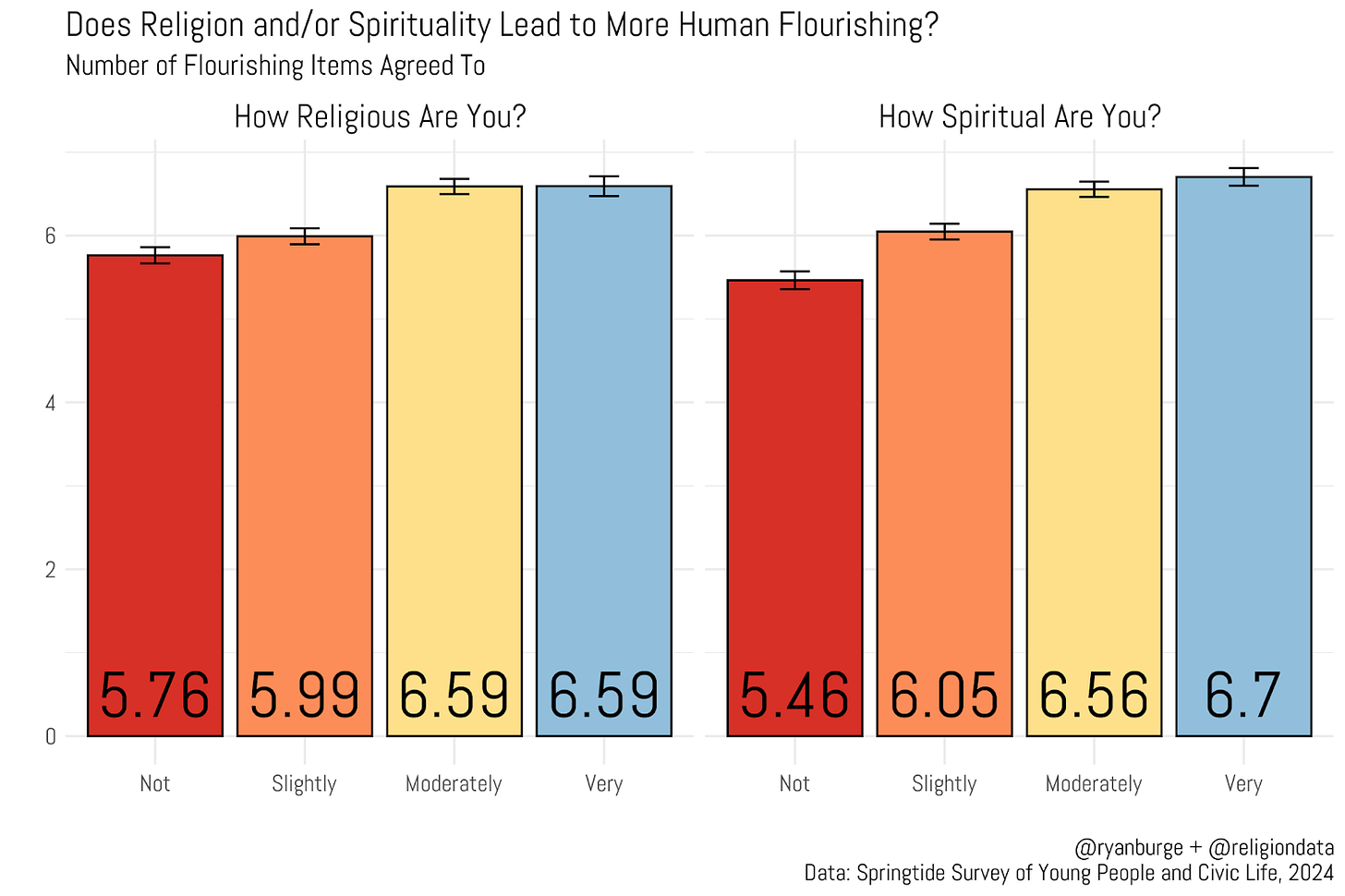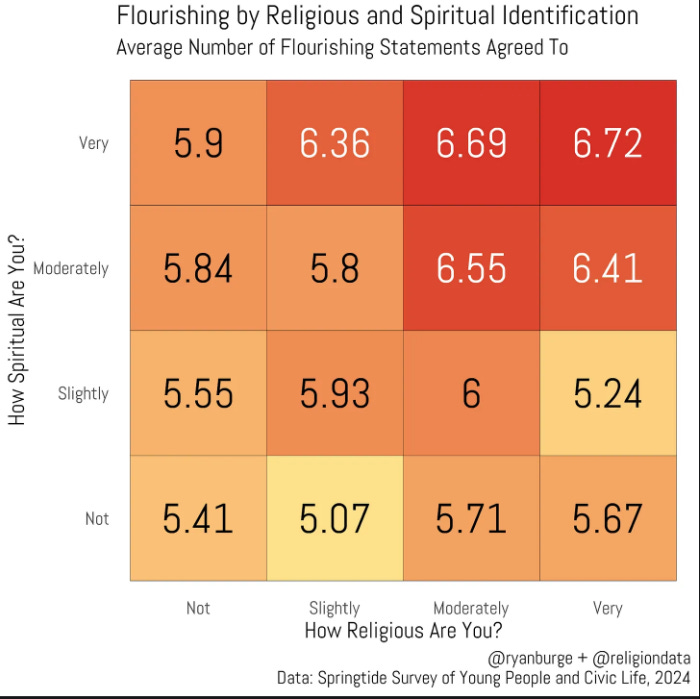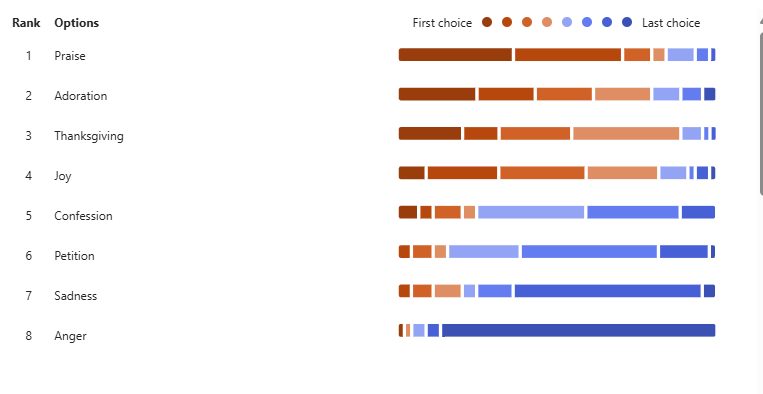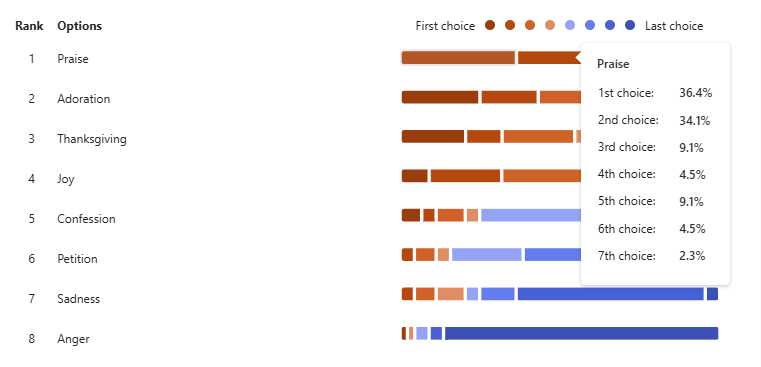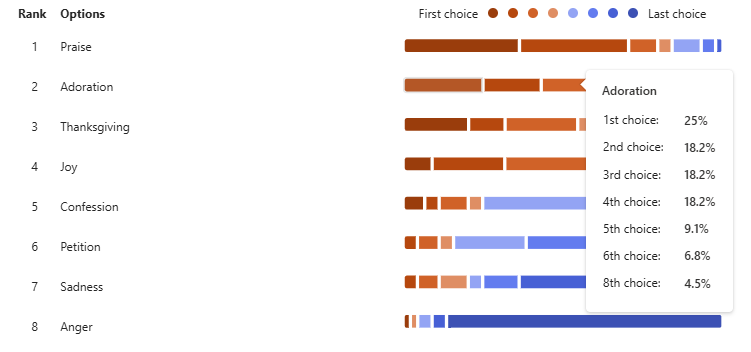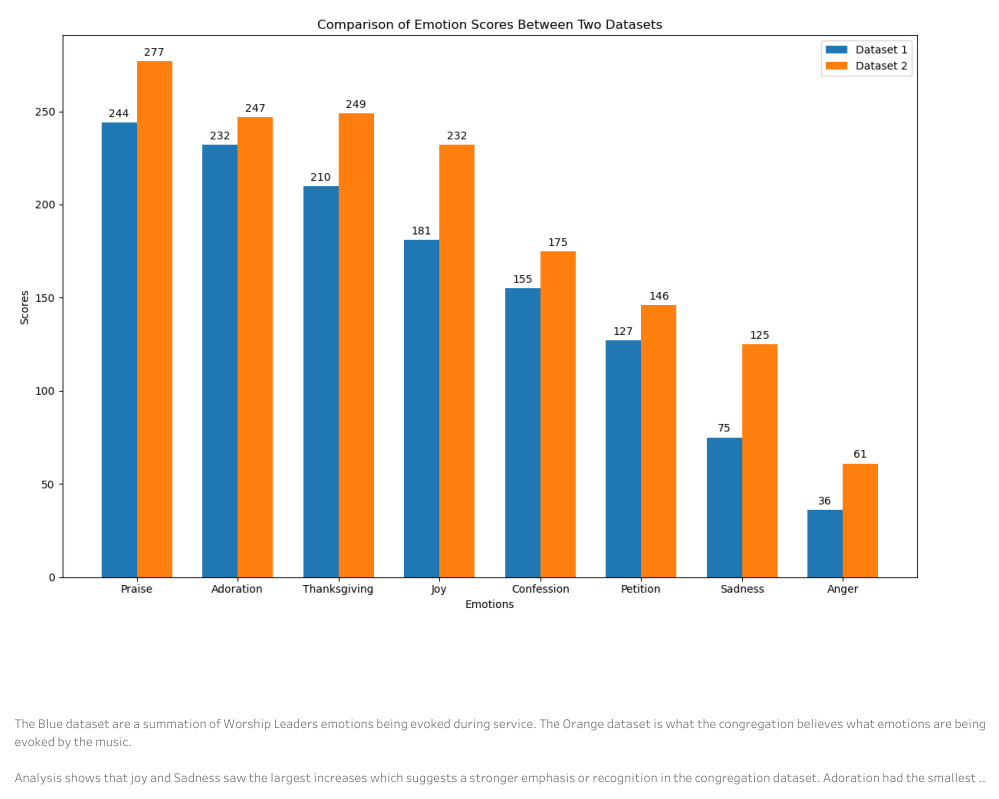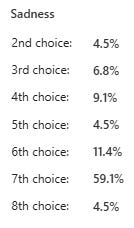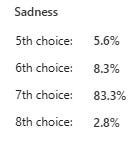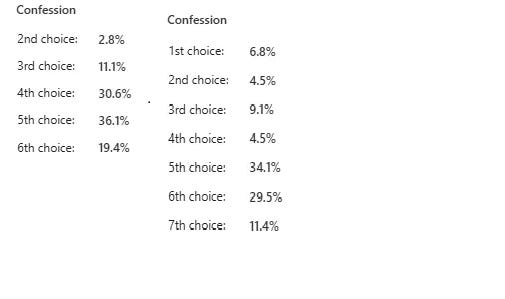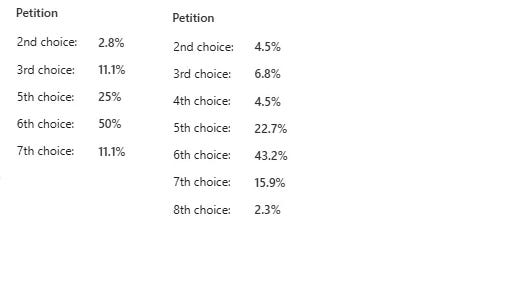Wanting to Flourish
...and floundering to sing songs that fulfill
Last night while I took the dog out before heading to bed, I found myself scrolling through Ryan Burge’s Substack, Graphs about Religion. The name of his Substack is self-explanatory as he posts interesting graphs about various religious topics. The post, “Flourishing or Floundering? How Young People See Their Lives: And what role does religion and/or spirituality play in this,” caught my attention and I realized that it has some connection into what I am writing about here. Let’s first look at Burge’s data and then I’ll bring in the data from my research and make some comments about connections between the two.
Burge’s Research
Brining in a survey by the Springtide Research Institute that polled young people aged 13-25 years old, Burge wondered if we could trace whether the reported flourishing of the youth surveyed would change as they grew up. Inside of the survey, the researchers asked the respondents if they were religious and if they were spiritual while also asking questions about whether they thought they were flourishing.
The chart shows that those who responded to be very spiritual or religious also answered more questions positively about feeling like they were flourishing. Those questions were:
I live a Purposeful & Meaningful Life
My social relationship are supportive and rewarding
I am engaged and interested in my daily activities
I actively contribue to the happiness and well-being of others
I am competent and capable in the activities that are important to me
I am a good person and live a good life
I am optimistic about my future
People respect me
If we look at the heat map that Burge constructed, we see the same results:
Those who are very spiritual and very religious seem to be very flourishing. But are they? Burge feels the same tug that the data might not be correct that I feel. Burge calls out two points that underlie the gut feeling that the data might be skewed:
“People who say that they are more religious report higher flourishing scores, but it could be some confounding variable. For instance, a predisposition towards positivity may lead one to be both more religious and also more apt to report more flourishing.”
The data would be more robust if the participants were asked about their general disposition towards the world.
The data would be more robust if the participants were asked more about how they view themselves. I suspect that those who answer strongly that they are flourishing also have a high view of themselves.
“There’s also the issue of social desirability bias - religious or spiritual people feel like they should be flourishing more even if they don’t think that they are actually doing well.”
Religious and Spiritual People might be feeling pressure to feel like they are flourishing more than they are.
Religious and Spiritual People might be feeling that not flourishing is a moral failure on their part, so they do not admit that they are floundering.
Connection to My Research
These two questions and their implications drive my research. I wonder if people are being less honest because they feel like they are supposed to be more pious in their responses. As Burge is pointing out, sometimes religious people are difficult to survey and interview because they want to sound the way they expect people to expect them to sound. I sometimes feel like I am in a chicken\egg situation, trying to figure which one comes first. Instead thinking about poultry, I am wondering if the overall mood in the church comes from a desire from the people to have a service that is full of joy and adoration or if the people drive the mood towards joy and adoration.
What I do Know
I know that the congregation and the worship leaders basically agree on what the mood of their worship service are. To understand the mood of the worship service, I asked those surveyed, “What feelings\mood do you typically think is being evoked during a service at your church? Rank from most to least.” We see that Praise and Adoration stay near the top, with Petition, Sadness, and Anger stay at the bottom.
36.4% of respondents ranked Praise first, while adoration is slightly behind with 25% showing that the congregants think that the congregant feel like these are the primary feelings\moods\vibes showing up in their services. Conversely, only 2.3% of the respondents ranked Anger as the primary mood of their services, with sadness being close at 4.5% for primary emotion in services.
As we can see from below Praise was really only the first or second answer:
And Adoration was often the 2nd-4th choice:
I then quantified the answers, giving a total aggregate ranking of each emotion. If Praise was rated first, it would be assigned an 8, rated second a 7, and so forth. Adding those aggregated numbers together gives us a score, and we can compare them to the other emotions represented, while adding in what the worship leaders said quantifying their answers in the same manner.
The blue lines are the responses of the worship leaders, and the orange lines are the responses of the congregants. The perceived mood of the worship services changed a little bit in the minds of the congregants, but it is not by a great margin. Adoration moved up slightly, overtaking Thanksgiving while most of the emotions held their relative positions, showing consistency in emotional prioritization.
What surprised me is that it seemed that congregants reported that sadness has more of a priority in their services than the worship leaders reported.
Or at least it looked like that. Looking back at the responses from the worship leaders, we see that a higher percentage of worship leaders than congregants ranked sadness as the 7th evoked emotion in a worship service:
What does this tell us?
I cannot prove it with the data, but I am willing to speculate that churches believe that they are flourishing because the positive emotions are evoked and perceived to be evoked more in their services. It is interesting that Confession and Petition are usually reported to be in the middle to bottom, with Confession looking like this for the worship leaders (on the left) and the congregants (on the right):
And Petition for the worship leaders (on the left) and the congregants (on the right):
If we believe that the point of the church is to confess our sins to God and petition God for salvation, then the church is floundering. But if we believe that church is supposed to Praise and Adore God, then it is flourishing. I think that is interesting.
Secondly, if the congregants and worship leaders were being overly pious in their answers, then they believe that Praise, Adoration, and Thanksgiving are the pious answers. Those are the answers that they think they should give. I think that is equally interesting.
Thirdly, I wonder if the congregation and worship leaders actually think this way. I am going to look at what emotions they listed as over and under emphasized in worship services in my post next week.
Before I do, what do you think? What emotions are over or underemphasized? What does it mean to you that people seem to think that the church is flourishing when it emphasizes praise and adoration?


